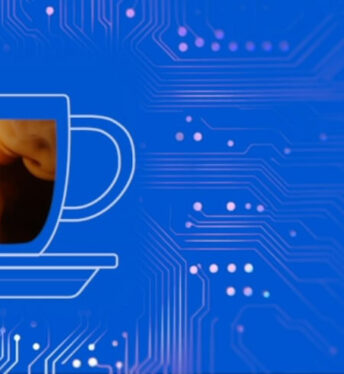The hype around blockchain sometimes risks undermining the huge potential the technology offers in certain specific use cases.
That the technology is misunderstood is evident in the way the word blockchain has been used interchangeably with Bitcoin, which is a currency built using blockchain technology.
It’s this lack of clarity that might result in blockchain being dismissed as mere hype. It takes a proper understanding of what blockchain offers and the specific scenarios in which it can most effectively be deployed, to truly realize its potential.
There’s some indication businesses recognize this potential. A study by Deloitte for instance, found that 39% of senior executives at major corporates plan to invest at least $5m in blockchain in 2019. Despite this, there’s evidence that outside the largest organizations there isn’t the same appetite for blockchain. A recent Gartner study found that only 19% of senior executives believe blockchain is important for their businesses and just 9% have invested in it.
Closing this gap and adopting a smart approach to blockchain involves identifying where the technology has a role to play, alongside its limitations.
Identifying true opportunity
The best way to ensure a business can make smart use of blockchain technology is to understand what it is – as well as what it isn’t.
Blockchain is essentially a database in which a network of ‘blocks’ acts as a distributed ledger, creating a permanent record of any transaction or exchange across the network.
The distributed nature of this ledger provides a secure, permanent and unalterable record, because any attempt at retrospectively altering information would involve hacking over half of the actors in the system, which is effectively impossible.
Real-world application
There are numerous real-world applications for blockchain technology. One example is in the legal system, where blockchain technology can be used to record details of a case and ensure no one tampers with these ahead of a court hearing. Every courtroom in the country could then be a node and anyone attempting to tamper with evidence would leave a record that everyone else would be able to see.
The pharmaceutical industry could also benefit significantly from blockchain adoption, with drug packet serial numbers stored and used as a reference to tackle counterfeit medicines entering circulation.
Another example is the sale of high-value assets. It would be possible to sell a car, for instance, using blockchain, transferring ownership without any paperwork. Blockchain technology could also be used to provide an unfalsifiable record of ownership and service history, ensuring a buyer can have full confidence that the car hasn’t been stolen.
Blockchain benefits
Blockchain enables parties to cut out the middleman, cutting costs, saving time and reducing connectivity bottlenecks.
Because a personal computer can act as a node, there’s no need to manage a central server when managing a transaction. This also allows for smart contracts to be drawn up and agreed without extensive physical paperwork or bringing in expensive legal teams, cutting costs and speeding up processes.
Blockchain challenges
One issue with blockchain is that the technology is not scalable. The distributed nature of the technology means that any update needs to take place across each and every record, which could prove hugely time consuming.
As a result, a transaction using a currency such as Bitcoin will often take around an hour before it’s validated, which in some more time-sensitive instances will be an unacceptably long delay.
It’s also the case that much of what can be achieved using blockchain can also be managed using simpler databases, which are cheaper, quicker and easier. These don’t cut out a middleman, however, and do require higher levels of trust between all parties involved, since they don’t provide the same immutable audit trail.
As a result, realizing the full potential of blockchain means correctly identifying the exact use cases where the full benefits can be realized, while recognizing when alternatives might be more suitable.
A complete blockchain strategy should identify how to effectively use – and not use – the technology.



















